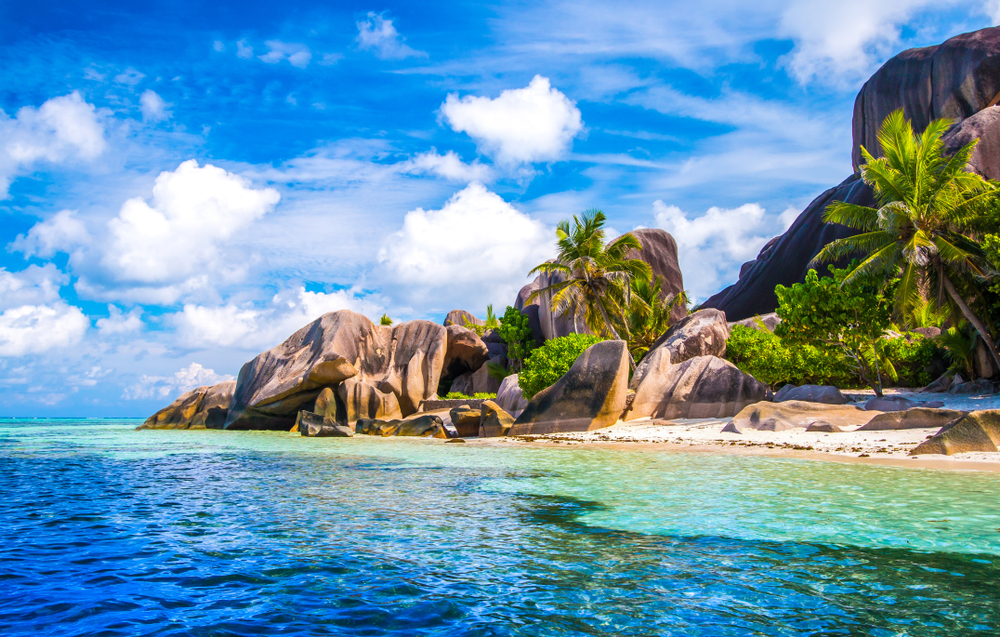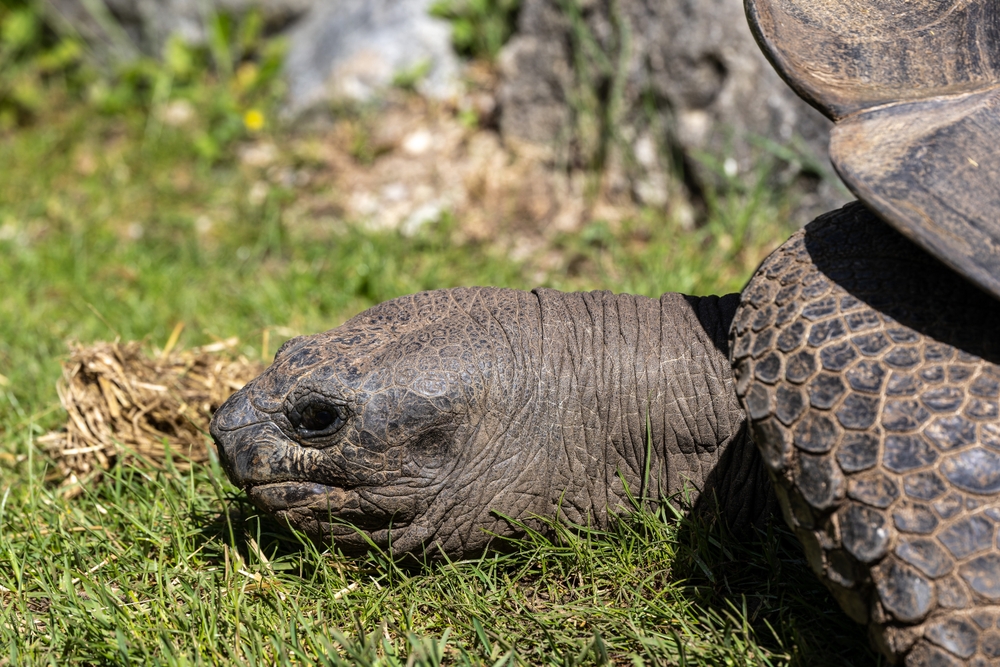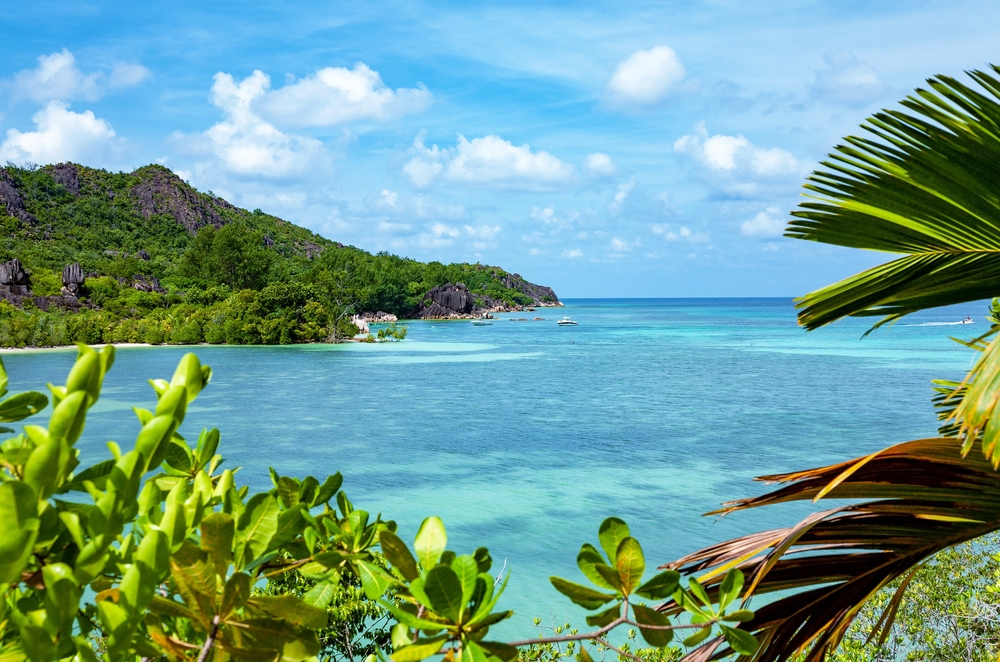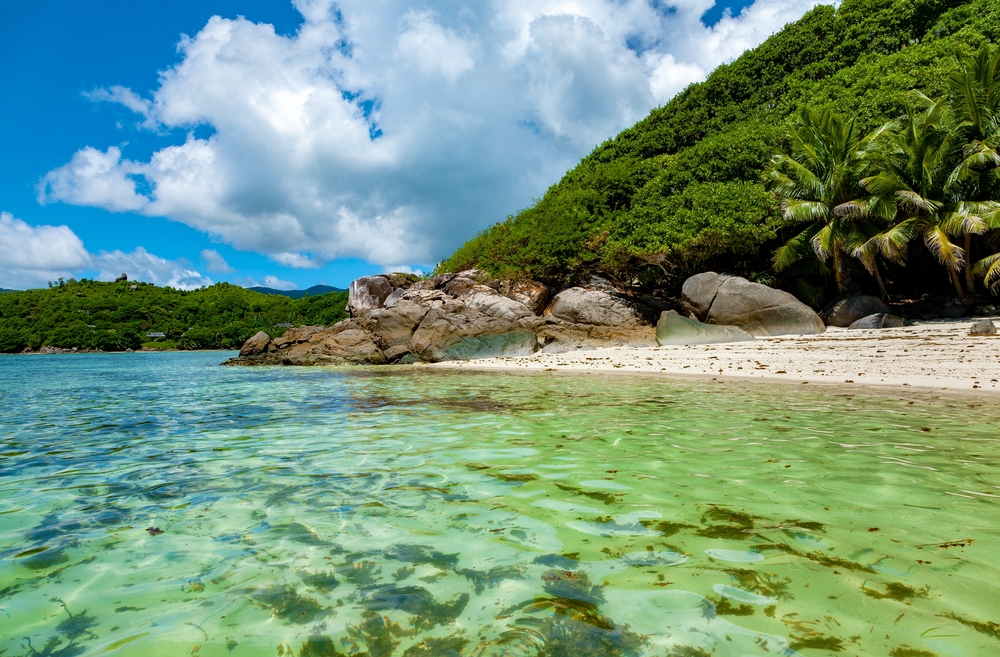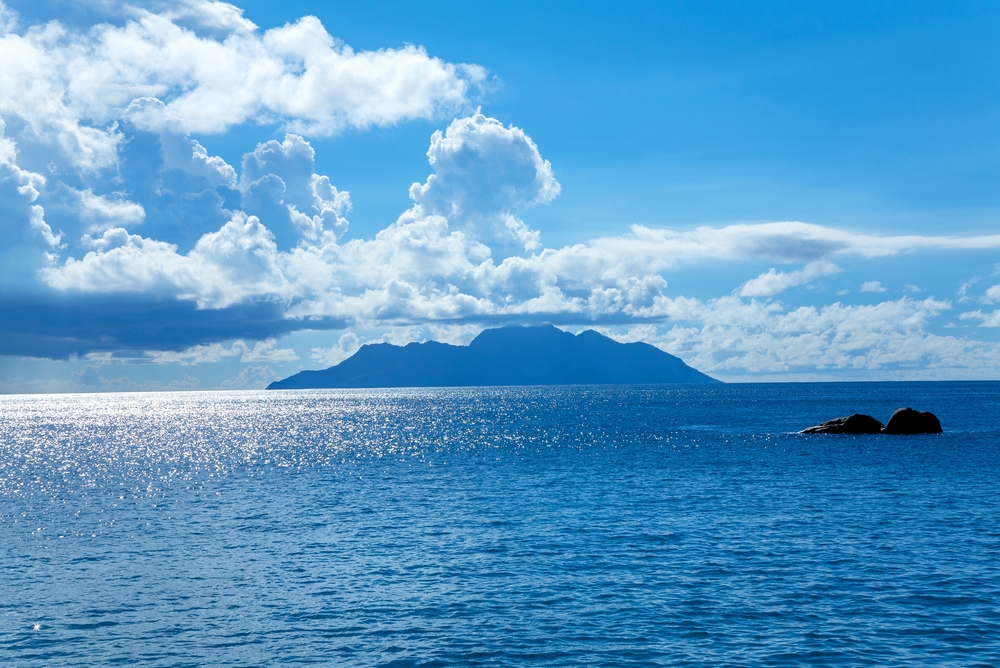Seychelles, an archipelago in the Indian Ocean, is renowned for its stunning landscapes and incredible biodiversity, much of which is protected within its national parks. The national parks in Seychelles play a pivotal role in conserving the islands’ unique ecosystems, which are home to a variety of endemic species and delicate marine environments. Among the most notable parks are Morne Seychellois National Park, Praslin National Park, and Silhouette National Park.
Morne Seychellois National Park, the largest terrestrial park in Seychelles, covers more than 20% of the main island of Mahé. Established in 1979, the park is known for its mountainous terrain, lush rainforests, and misty peaks, including Morne Seychellois, the highest point in Seychelles. The park protects a range of plant and animal species, including the endemic Seychelles kestrel, Seychelles blue pigeon, and various rare orchids. The park’s diverse ecosystems range from coastal mangroves to montane forests, making it a vital sanctuary for biodiversity and a popular destination for hikers.
Praslin National Park, located on the island of Praslin, is home to the Vallée de Mai, a UNESCO World Heritage Site. The park protects the unique Coco de Mer palm, known for producing the largest seeds in the plant kingdom, and is home to endemic species such as the Seychelles black parrot. The lush palm forests in Praslin National Park are among the best-preserved habitats in the archipelago, and the park attracts eco-tourists and researchers alike.
Silhouette National Park is another key protected area, covering most of Silhouette Island, the third-largest island in Seychelles. This park is notable for its rich biodiversity, with dense rainforests, coral reefs, and a variety of rare species, including the Seychelles sheath-tailed bat and giant tortoises.
The national parks in Seychelles face several challenges, including invasive species, which threaten native flora and fauna, and climate change, which impacts coral reefs and coastal ecosystems. Coastal development and tourism can also place pressure on these fragile environments, despite strict conservation regulations.
Despite these challenges, Seychelles national parks are at the forefront of global conservation efforts, with strong governmental and international support aimed at protecting the islands’ unique natural heritage. These parks are essential not only for biodiversity conservation but also for promoting sustainable eco-tourism, allowing visitors to experience the beauty and ecological importance of the Seychelles firsthand.








































































